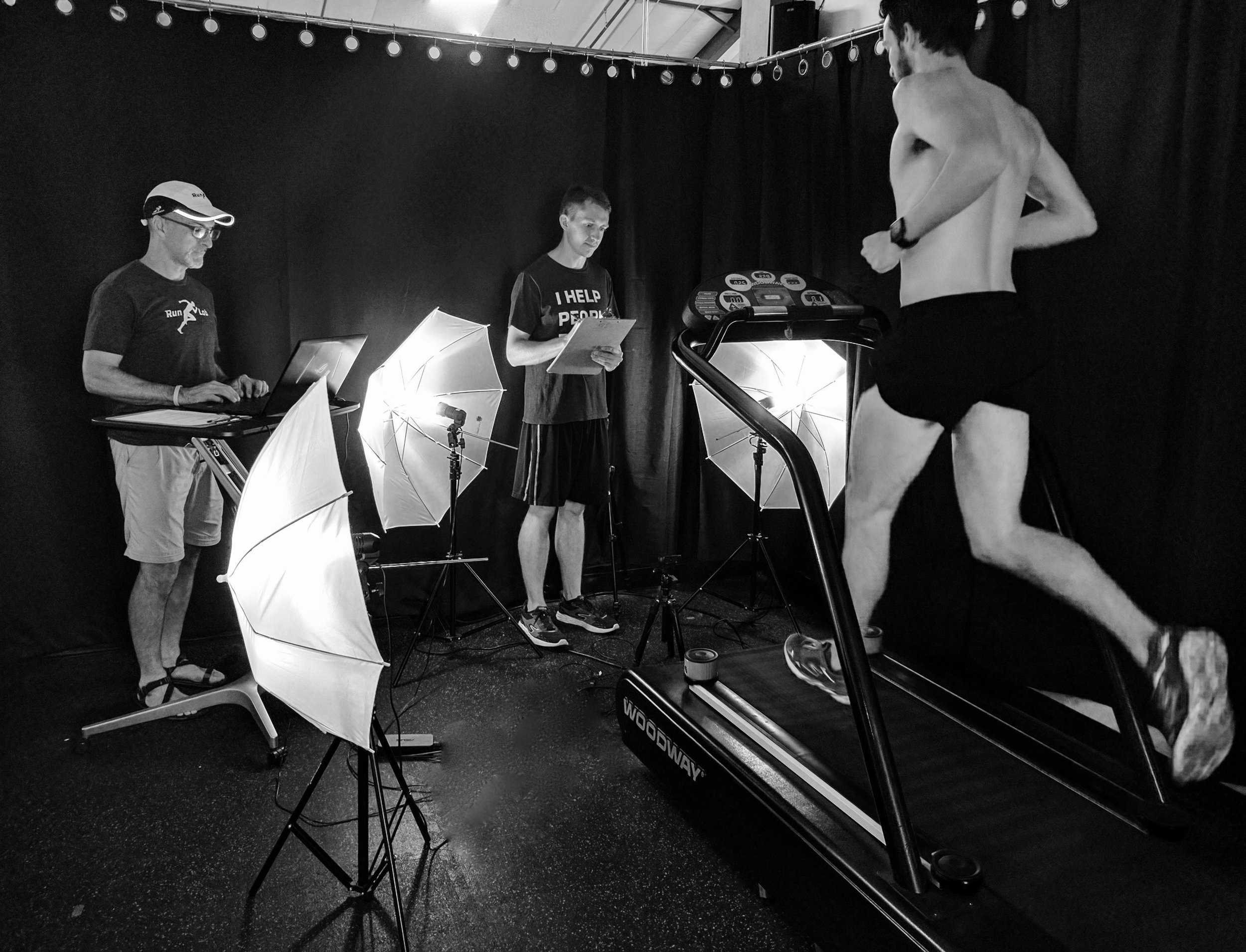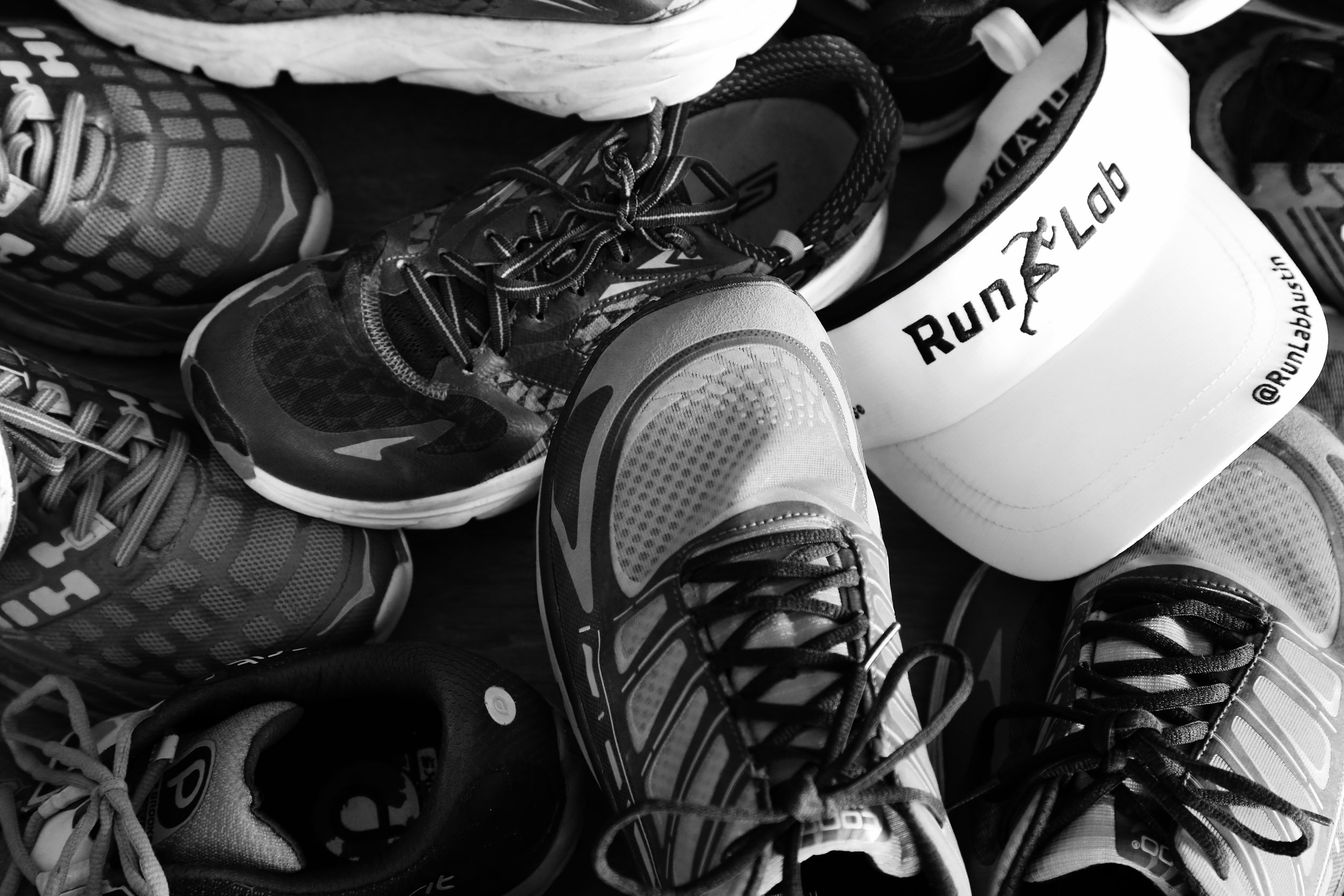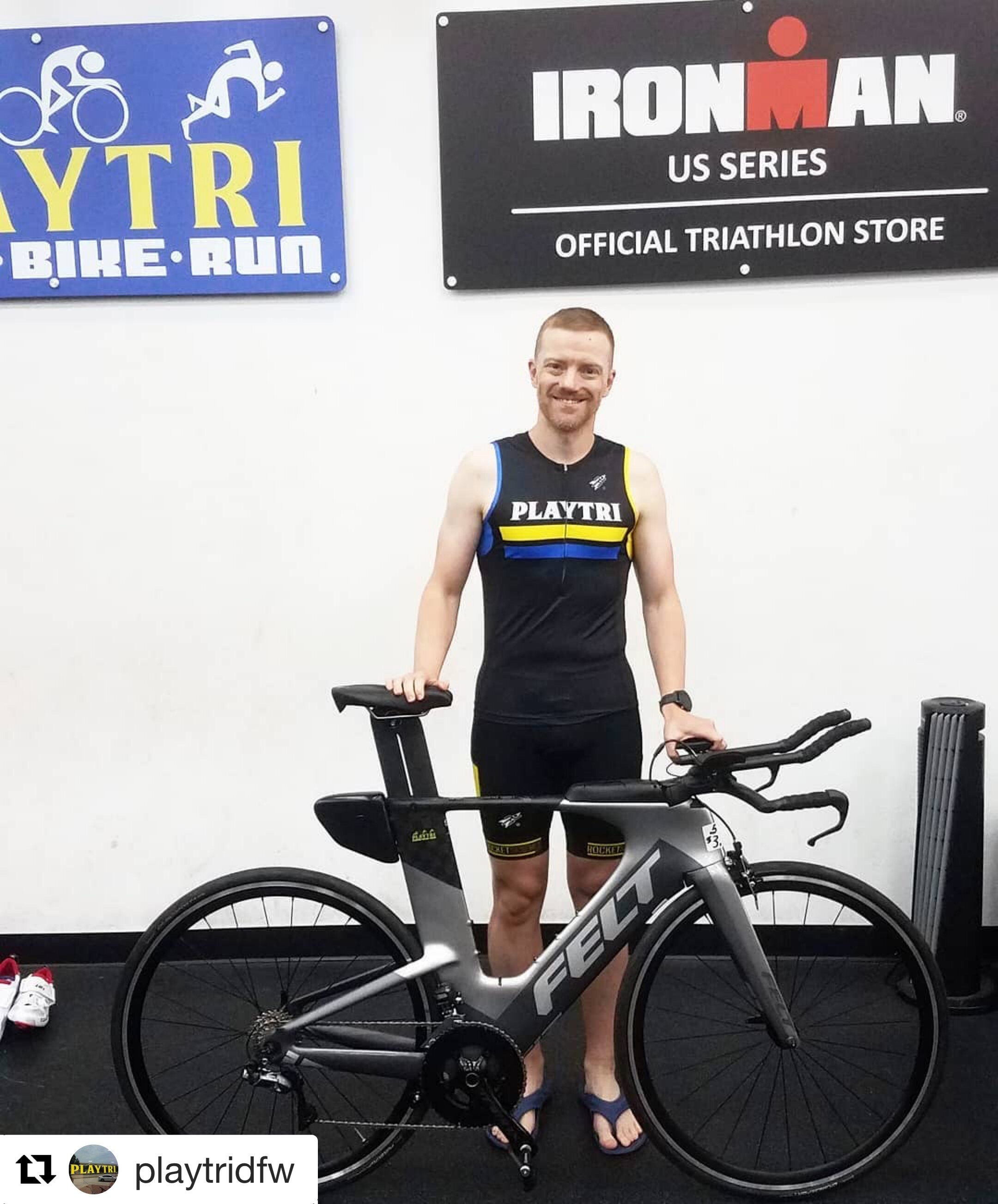The sport of triathlon offers a balanced approach to lifestyle fitness, competitive opportunities regardless of your age, life-long friendships and a community unlike any other. I have been asked what’s it like to coach 50, 60, 70yr+-year-old athletes… Well, it’s a blast!
Regardless of the athlete’s goals and aspirations for the sport, there are a few factors that must be considered when coaching this specific age bracket:
1. Balance & Structure
In reality, many of these athletes are entering into a different phase professionally; grandchildren might start popping up; others may begin to take care of elderly parents or friends. Together you and the athlete must find their balance between stress in everyday life and the fitness load/workouts. It’s been said, “the human body does not differentiate between emotional and physical stress.” And that’s where the structure chimes in. This sport is littered with Type A personalities, regardless of age. Having structure is key to keeping the athlete healthy and consistent while maintaining and increasing mental and emotional vigor.
2. Maintaining Bone Density & Preserving Lean Muscle Mass
Science shows us that as we age, our bone density does begin to drop, and our lean body mass may decrease as our fat mass has the potential to increase. So what is a coach to do with these facts?
#1: WEIGHTS
#2: LOAD BEARING TRAINING
We incorporate these two components into each plan- weekly weight workouts, utilizing paddles at the pool, over-gear work on the bike, running hill repeats… strength work is vital for all age groups but a non-negotiable for the older athlete.
3. Establishing Good Nutrition & Healthy Immune System
Naturally, as we age, our hunger may begin to decrease or change due to an inherently slower or lower level of activity. Yep, this is still common for the older athlete. That said, we want a healthy approach to their daily nutrition. Meals need to have enough calories while emphasizing essential vitamins and nutrients to support a healthy immune system.
Think, “feed the machine.”
4. Intensity vs. Steady State
Definitely a hot topic amongst older athletes. “Which is better?” The answer: it depends. In general, I focus a lot on top end/ high efforts with more than adequate recovery between each interval. These workouts maximize both the client’s time and potential. A few reasons why I like to throw these workouts into their schedules: they are designed to promote weight loss and muscle gains, may increase metabolic rate, improves lung capacity, may reduce blood pressure, improves insulin resistance more than traditional and continuous training, and sharpens cognitive function… the best part, high intensity is incredibly motivating.
5. Recovery
Last but maybe most important, I put tremendous significance on the client’s daily, weekly, monthly, and yearly recovery program. Yes, this is a program. I design recovery sessions dependent upon where we are in season, goals, wellbeing, outside life demands, etc. Every single day we are integrating some recovery tool: cryosauna, compression boots, massage, chiropractic care, lacrosse ball/ foam rolling routines, icing/heat, elevation, and of course, ensuring they are getting quality sleep. We may even throw a 15-20 minute nap in each day to allow the body and mind to decompress further and recover faster.
These 5 points (and many others, no doubt) are key for the aging athlete’s longevity and enjoyment in this sport. Here’s to many more years -- for all of us!
Amari@playtri.com
--
Amari Holmes
#214-606-0936
amariholmes@gmail.com
Playtri Coach
The Official Triathlon Store of IRONMAN




